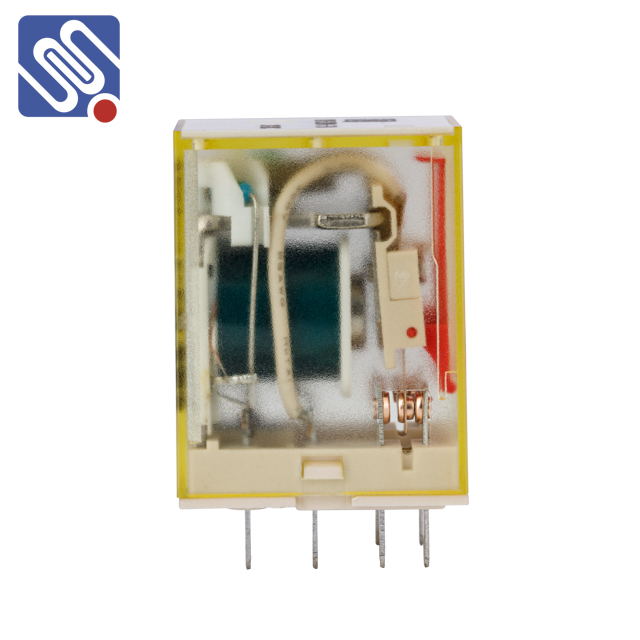In any electrical or communication system, the reliability and efficiency of relays play a pivotal role. A relay serves as an automated switch, capable of controlling the flow of electricity within a circuit. However, to ensure that a relay functions optimally in its intended application, understanding its performance metrics is essential. These metrics allow engineers to evaluate the capabilities of a relay, its compatibility with specific systems, and its overall contribution to the efficiency of the circuit. This article explores the key relay performance metrics that influence system reliability and performance.

1. Response Time One of the most critical metrics for evaluating relay performance is the response time. This refers to the time taken by a relay to respond to an input signal, either by activating or deactivating its contacts. In high-speed systems or those requiring rapid switching, a fast response time is essential. For instance, in safety-critical applications like circuit breakers, a relay’s ability to respond quickly to abnormal conditions can prevent damage to equipment or potential hazards. A relay’s response time can typically range from a few milliseconds to several seconds, depending on the technology and application.